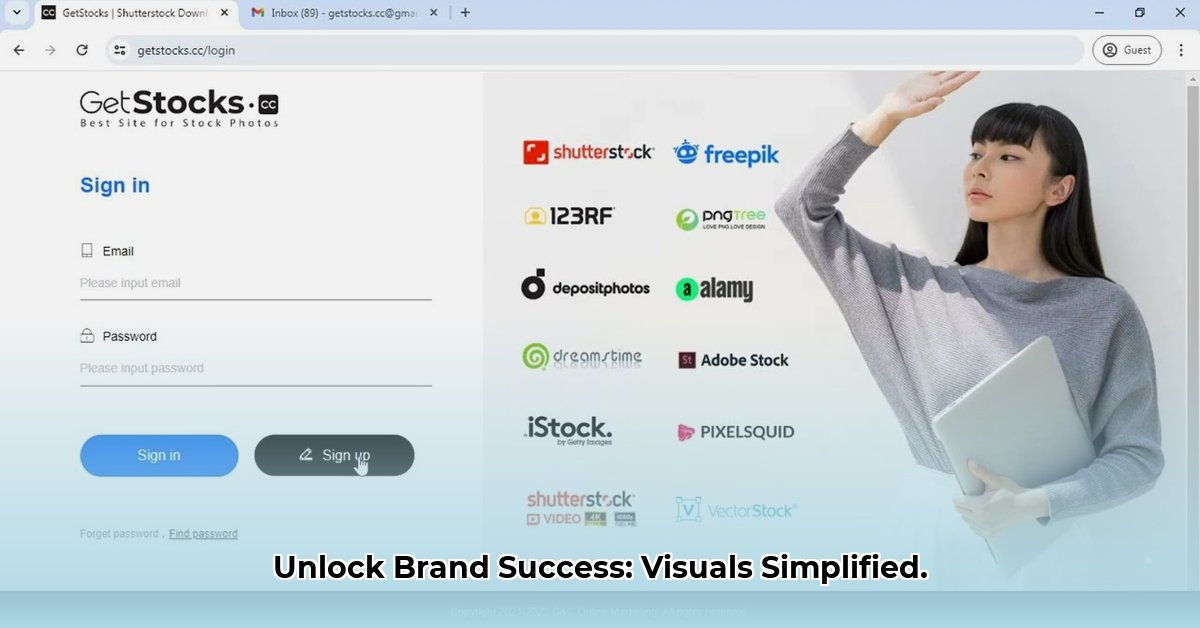
Visual assets are the cornerstone of a successful brand. They communicate your message, build recognition, and ultimately drive business results. However, managing these assets—images, logos, videos, and more—often becomes a chaotic scramble, wasting time and resources. This article provides a practical guide to streamline your visual asset management (VAM), improving efficiency and maximizing ROI.
The Challenges of Visual Asset Management
Many companies struggle with inefficient VAM. Common pain points include:
- Disorganization: Finding the right asset can be a time-consuming and frustrating ordeal, leading to delays and missed opportunities.
- Cost Inefficiencies: Re-creating assets or using incorrect versions wastes valuable resources and potentially damages brand consistency.
- Difficulty Sharing Assets: Inefficient collaboration processes hinder workflows and productivity.
These challenges translate directly to lost revenue and diminished brand impact. The solution lies in a well-planned and executed visual asset management strategy.
Key Strategies for Effective Visual Asset Management
Effective VAM isn't about complex technology; it's about implementing practical strategies that enhance efficiency and organization. Here's a step-by-step approach:
Centralize Your Assets: Consolidate all brand assets into a single, easily accessible location. This could be a cloud-based storage solution, a dedicated Digital Asset Management (DAM) system, or a well-organized internal server. Centralization eliminates redundant files, ensures everyone uses the most up-to-date versions, and simplifies search. Think of it as creating a digital library for your brand's visuals.
Implement a Consistent Naming Convention: Establish a clear and consistent naming system for all assets. Using a standardized format (e.g.,
ProjectName_Date_Version.jpg) ensures easy identification and retrieval, drastically reducing search time. This seemingly small step makes a huge difference in daily efficiency.Streamline Your Workflow: Define clear processes for asset creation, review, approval, and distribution. This could involve a digital workflow system or a simple checklist to ensure consistent quality and timely delivery. A well-defined workflow minimizes delays and prevents bottlenecks.
Track Asset Usage and ROI: Monitor how your assets are being used. This data provides valuable insights into which campaigns are most effective and helps justify investments in VAM. Tools that track asset usage and downloads empower data-driven decisions. Do you know which visuals are generating the highest engagement?
Getstock Technology: Tools for Success
While a robust VAM strategy doesn't require expensive software, the right tools can significantly improve efficiency. Features to consider include:
- Centralized Storage: Enables easy access to all assets from a single location.
- Automated Tagging: Facilitates quick asset retrieval through keyword searches and metadata.
- Version Control: Tracks changes and revisions, preventing the use of outdated assets.
- Workflow Automation: Streamlines approvals and distribution processes.
The best solution depends on your specific needs, budget, and team size. There are many options available, ranging from free cloud storage services to sophisticated DAM platforms.
A Hypothetical Case Study: The Power of Organization
Imagine a marketing team spending hours each week searching for misplaced assets. By implementing a centralized storage system and a consistent naming convention, they reduce search time by 75%, freeing up valuable time for higher-priority tasks. This translates to increased productivity and cost savings. Moreover, eliminating duplicate files saves storage space and avoids potential licensing issues. This demonstrates the tangible benefits of a well-structured VAM system, even in a small-scale setting.
Addressing Potential Challenges: Realistic Obstacles and Solutions
Implementing a new VAM system may present some initial challenges:
- Initial Investment: Adopting new software or hardware requires an upfront investment.
- Training: Your team may need training to use the new system effectively.
- Integration: Integrating the new system with existing workflows may require time and effort.
However, the long-term benefits of improved efficiency, reduced costs, and enhanced brand consistency far outweigh these initial hurdles. Proper planning and selecting the right tools will help mitigate potential issues.
Conclusion: Unlocking Your Brand's Visual Potential
Effective VAM is not just about organization; it's a strategic investment that directly impacts your brand's success and bottom line. By implementing the strategies outlined in this guide, you can transform the management of your visual assets from a source of frustration into a powerful tool driving efficiency, consistency, and ROI. Start streamlining your visuals today and unlock your brand's full visual potential.